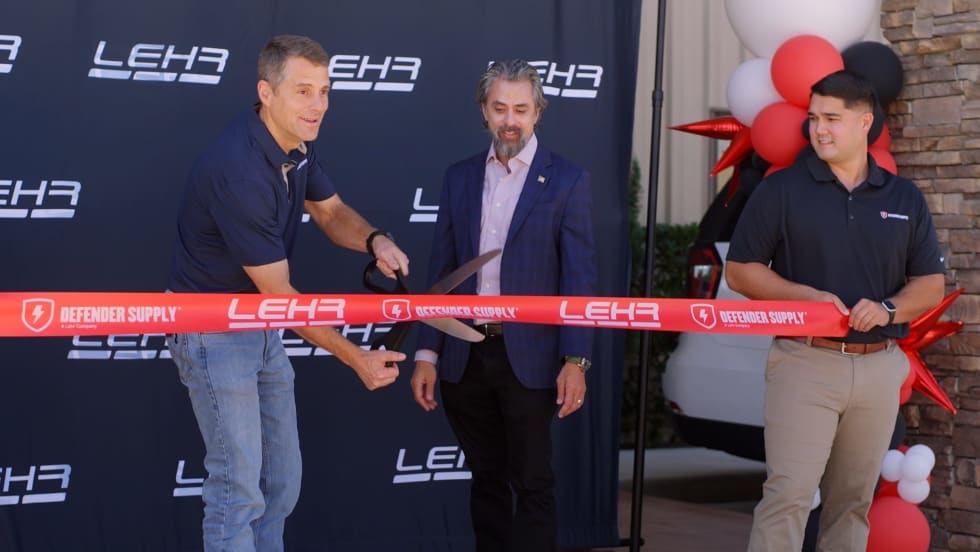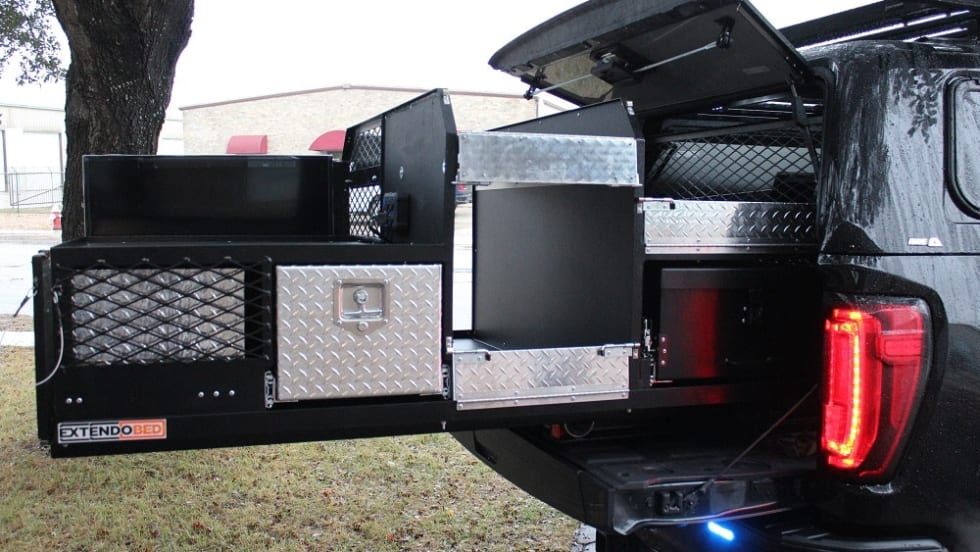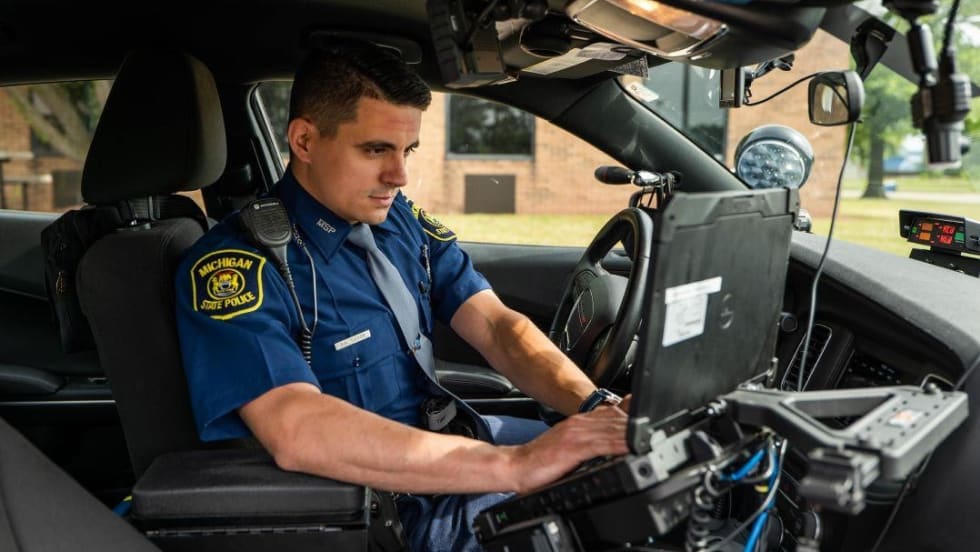After more than three decades working for the nation’s largest police fleet, Robert Martinez knows a thing or two about managing fleets. He retired from his position as deputy commissioner of support services for the New York City Police Department at the end of 2022.
Talking with Martinez, it’s clear he cares about the officers he placed in the department’s 10,000 vehicles. Vehicles in NYPD’s fleet must meet the mission and must be safe; that’s Martinez’s philosophy. What he won’t tell you, because he doesn’t want to be recognized for it, is that Martinez is responsible for several “firsts” in the industry, thanks to his background in engineering and his tendency to think outside the box.












